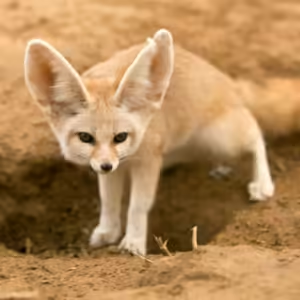Description
Geographic Distribution
Varanus niloticus is primarily found in North Africa and Sub-Saharan Africa, including countries like Egypt, Sudan, Ethiopia, and parts of East Africa. This species prefers to live near water sources such as rivers, lakes, and swamps.
Preferred Habitat
This species thrives in aquatic environments, especially around rivers, lakes, and wetlands. It can be found in both freshwater and brackish water habitats, and it often inhabits areas with dense vegetation along water bodies.
Physical Characteristics
Varanus niloticus is a large lizard, typically reaching a length of 1.5 to 2 meters. It has a robust body, a long tail, and a powerful build. The coloration ranges from dark brown to black, with lighter spots or bands, making it look camouflaged in its natural habitat. The lizard has a long, slightly flattened head, and its sharp claws and tail are used for hunting and defense.
Behavior and Diet
Varanus niloticus is a diurnal animal, meaning it is most active during the day. It is a highly versatile feeder, eating small mammals, birds, eggs, insects, and occasionally fish. It is a skilled swimmer and uses its aquatic abilities to hunt in and around water. This species is also known for its aggressive behavior when threatened.
Reproduction
This species is oviparous, laying between 8 to 20 eggs at a time. The eggs are laid in nests, and once they hatch, the young lizards are independent and capable of hunting on their own shortly after.
Lifespan and Survival
Varanus niloticus typically lives for about 10 to 15 years in the wild, although it can live longer in captivity. The species is known for its ability to adapt to various environments, especially in the presence of water. It faces few natural predators, but human activities such as habitat destruction and poaching can pose threats to its population.
Threats and Conservation
Although Varanus niloticus is not considered endangered, it faces threats from habitat loss due to urbanization and pollution of water sources. In some regions, the species is hunted for its meat and skin. Conservation efforts are essential to protect its habitats and ensure its long-term survival.







